Sandra's son Sean has Down syndrome, but this is not another memoir about raising a child with Down syndrome and life lessons learned from that experience (which is one of the reasons I was so eager to read this book). Rather her book is about the whole school experience for Sean and her advocacy in helping his elementary school become a role-model on inclusive education for other schools. This book is the first book to chronicle a student with special educational needs from preschool through high school.
Who Is The Slow Learner is not meant to be a how-to book for other parents, but instead it is one family's journey on what worked and what didn't work in the world of special education. It is one student's experience with being fully included in his elementary years to much harder experiences in middle and high school - and not hard because of the students - they were accepting of Sean as they had been with him since elementary school - but harder because of the mentality of the administration and teachers that they could not find a way, nor wanted to make the effort, to make an inclusive placement successful for Sean.
Sandra gives detailed examples of what she did for each school year in trying to prepare the staff and teachers to have Sean in their class and what needed to be done in terms of accommodations, modifications, and positive behavior plans in order to make it a successful school year. Each grade is covered in a chapter and his IEP goals are also listed for each grade. The goals, which are individualized to what Sean was working on, again are not meant as a how-to guide, but rather to show the goals that he was working on and show that he was not on grade-level with his peers, but was still able to be included while working on his own goals as well. He made progress and learned the general education curriculum alongside his peers. Inclusion throughout elementary school was beneficial to Sean by what he learned, by having his peers accept him, and had a positive impact on the other students by utilizing peer-models and peer-tutoring.
Sean graduated from high school in 2011 . As I read Sandra's experience with school I felt like I was reading some of my own experiences with advocating for inclusion for Kayla. I can't believe that parents are still having some of the same issues with inclusion as she did in the 1990s. The more things change the more they stay the same?
She mentions that almost 20 years ago ... "Back in the day, the old labels included Trainable Mentally Retarded and Educable Mentally Retarded." How unfortunate that these labels did not stay 'back in the day.' While these may not be the labels they are giving to children, or the labels put on their IEP, some places, incredulously, still use those terms. Four years ago when we moved to SC I was talking to someone from the school district and she was talking about the "EMD, TMD, and PMD" classrooms. I had to stop her and ask what those acronyms meant as I hadn't heard them before. She told me they meant the "Educable Mentally Delayed, Trainable Mentally Delayed, and Profound Mentally Delayed." I was floored that they actually referred to their self-contained classrooms with such labels.
Reading through this book I felt as if I was sitting with Sandra having lunch and discussing school experiences. She writes as if she is talking to an old friend. I found myself wanting to say, "Ok so what happened next? Tell me what you did in that situation?" And my questions would be answered in the next chapter.
I'm grateful for Sandra sharing her experiences as I've not come across a book so detailed about the special education process from a parent's perspective ... I just wish we weren't still having the same battles years later!



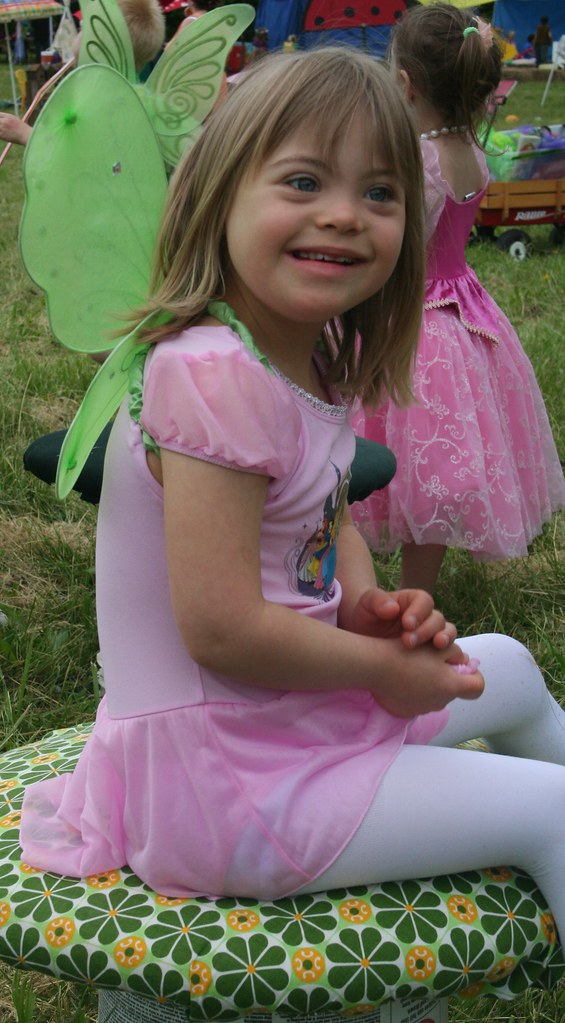

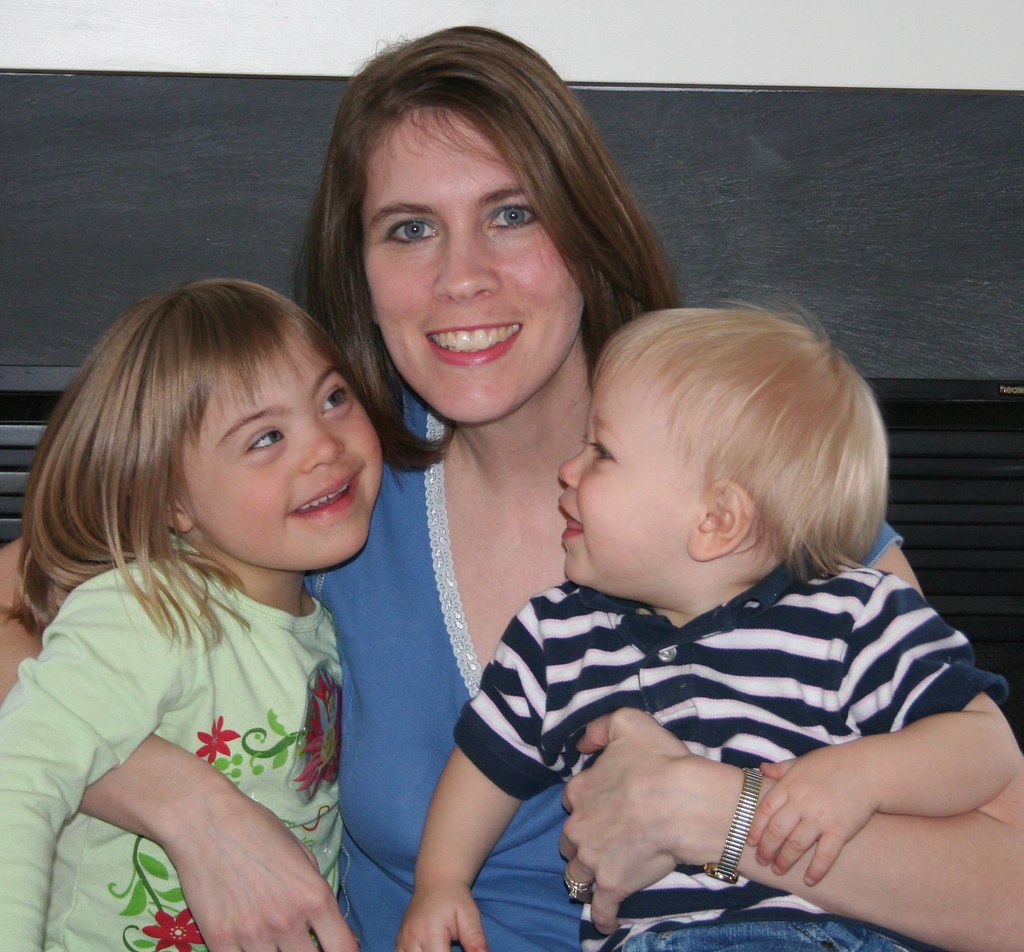


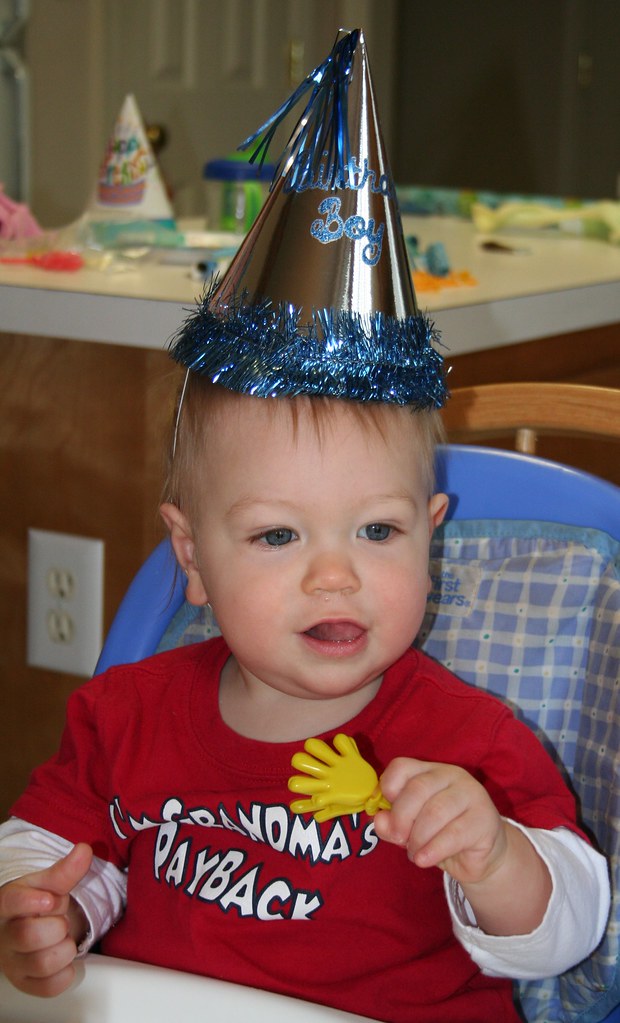


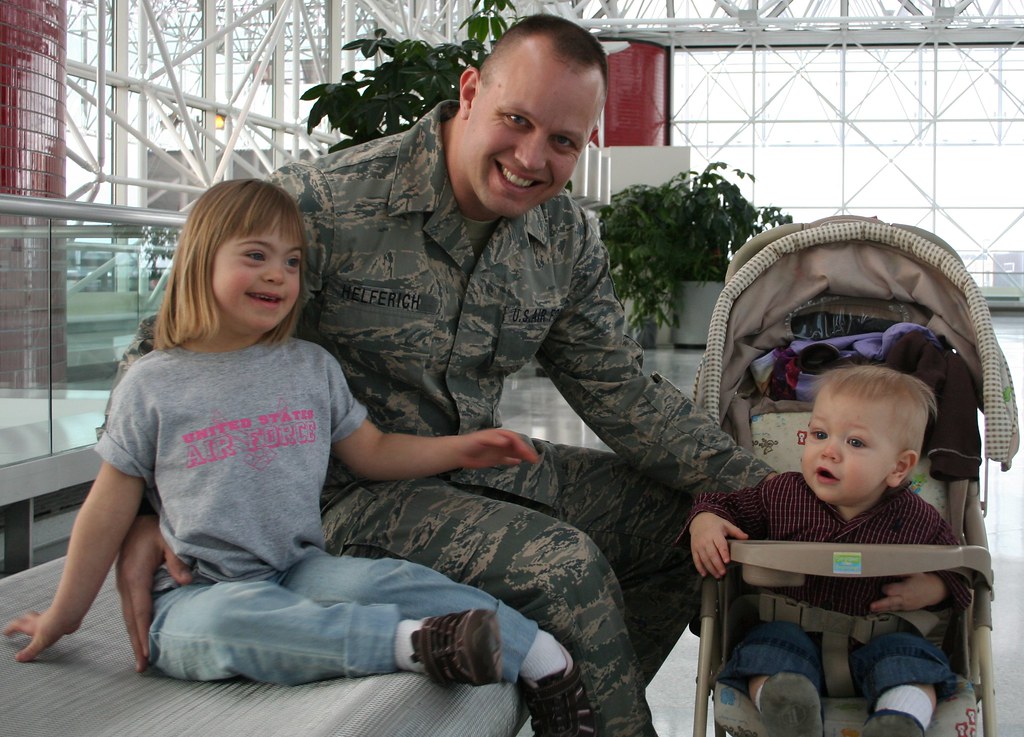

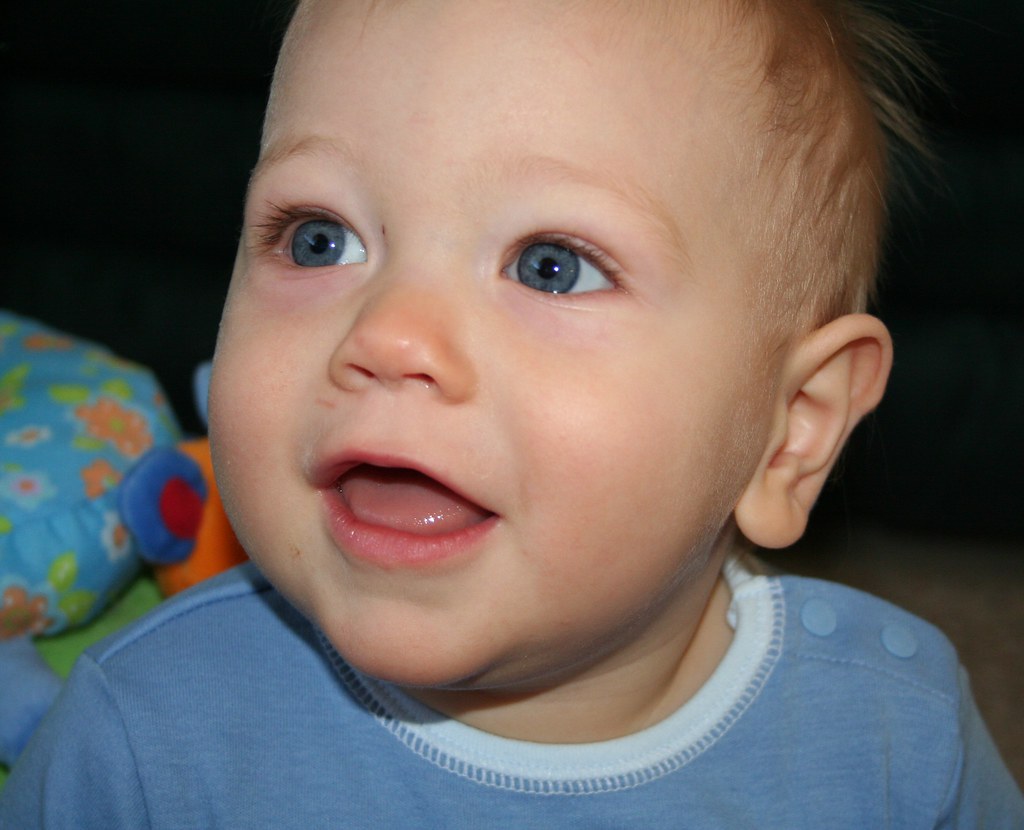
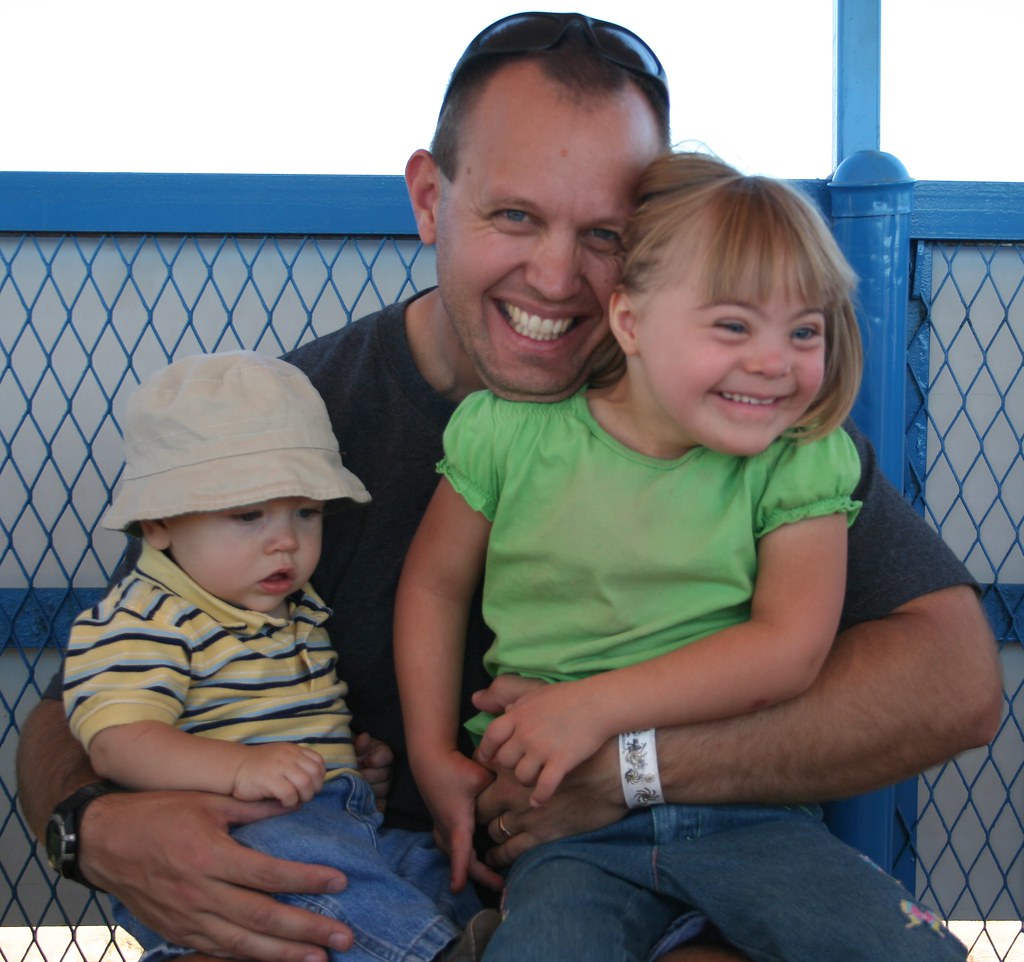
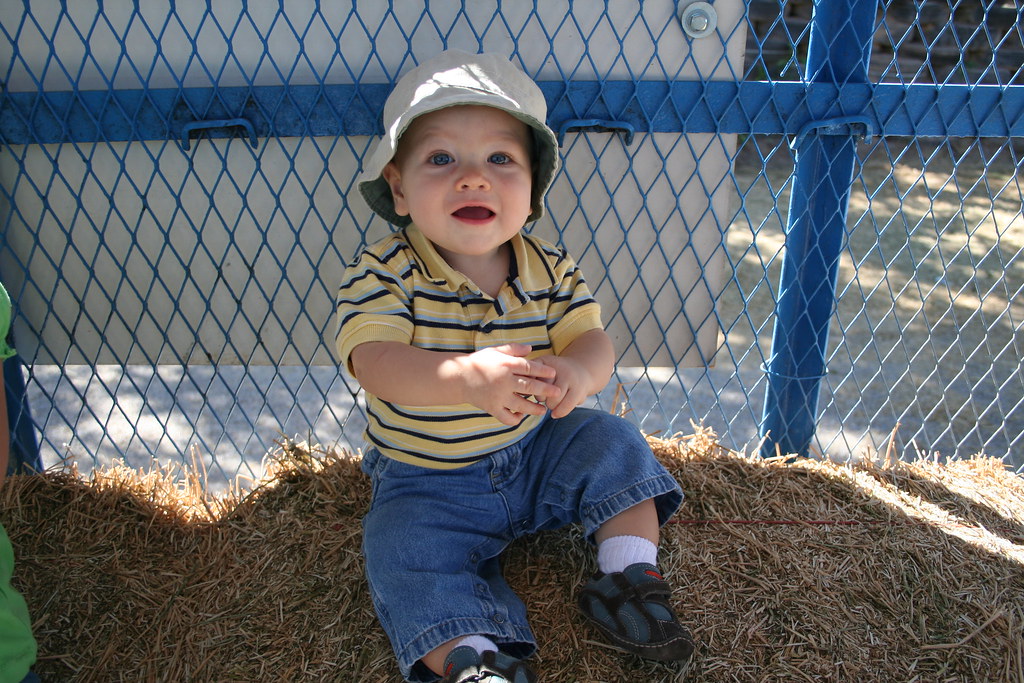
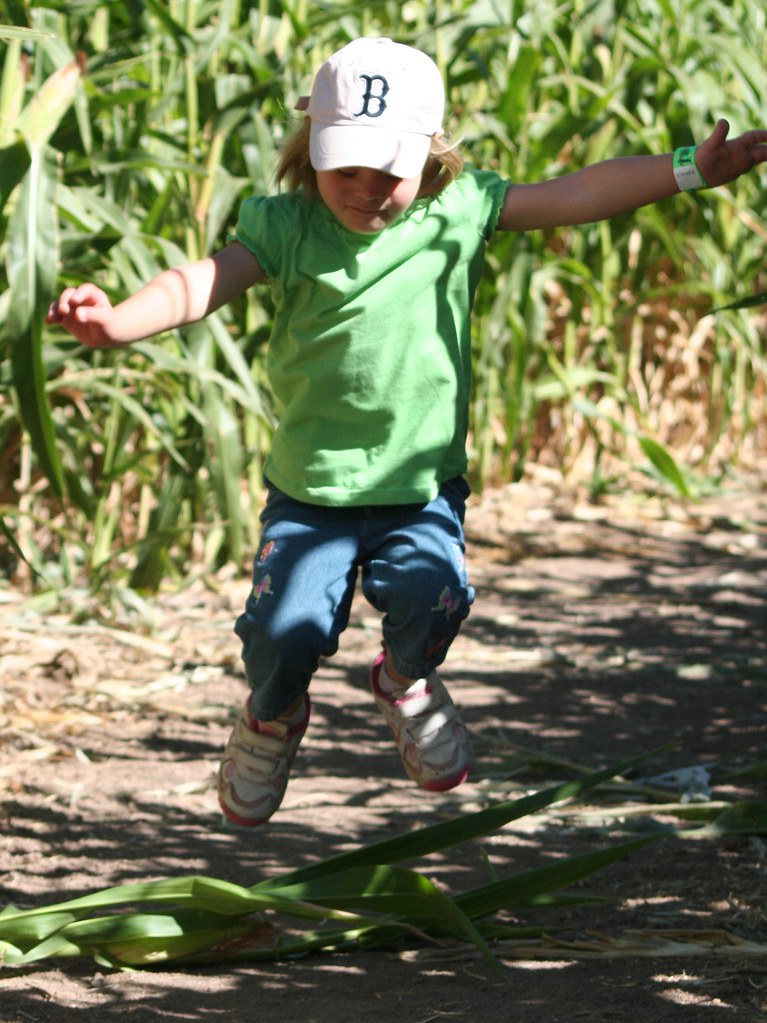
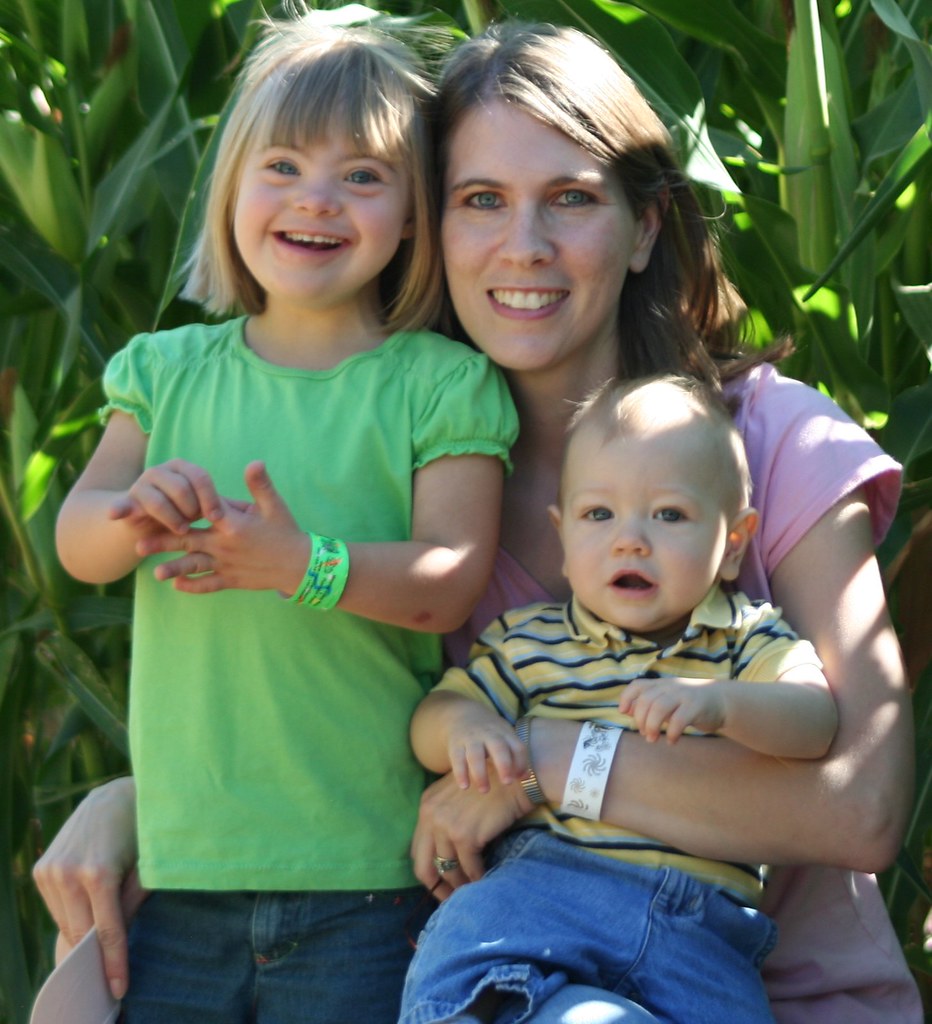


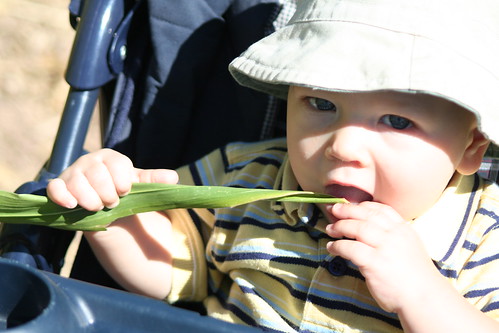
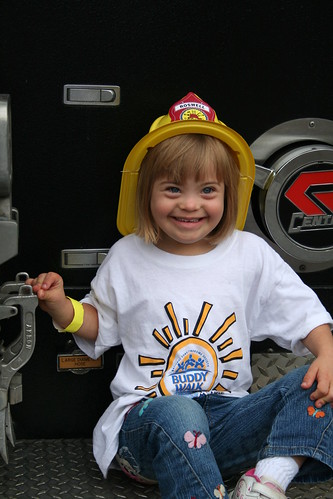
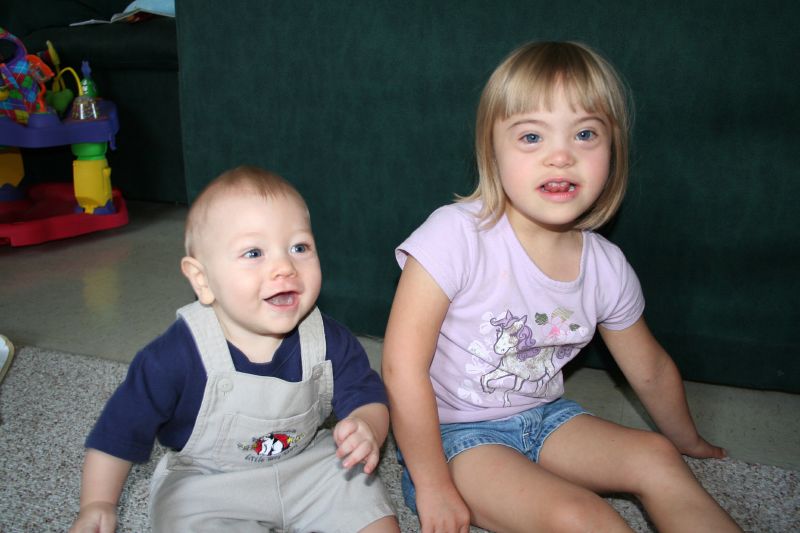

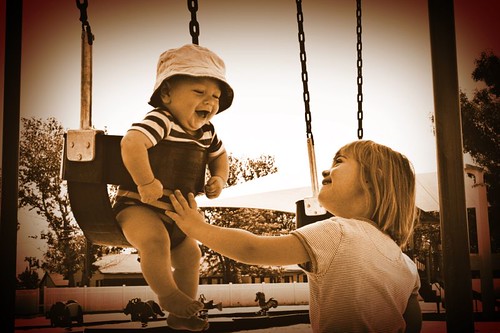
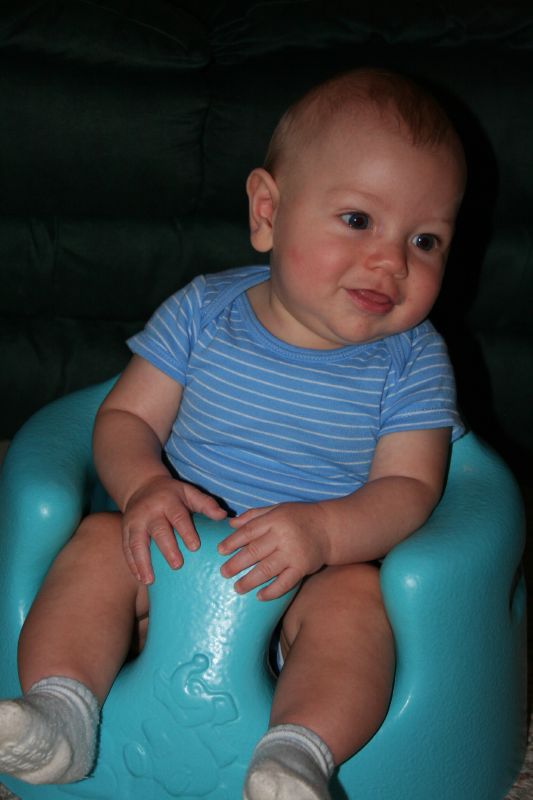

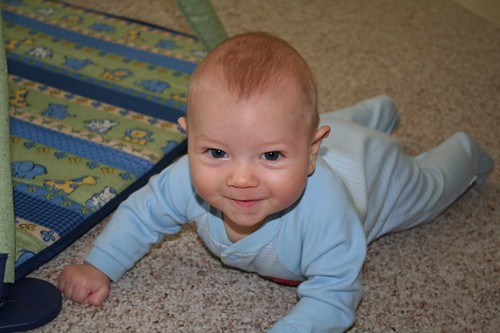
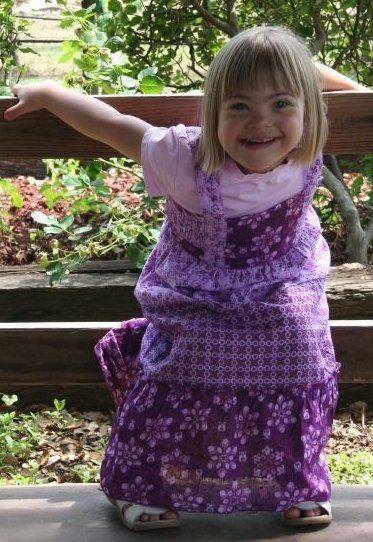

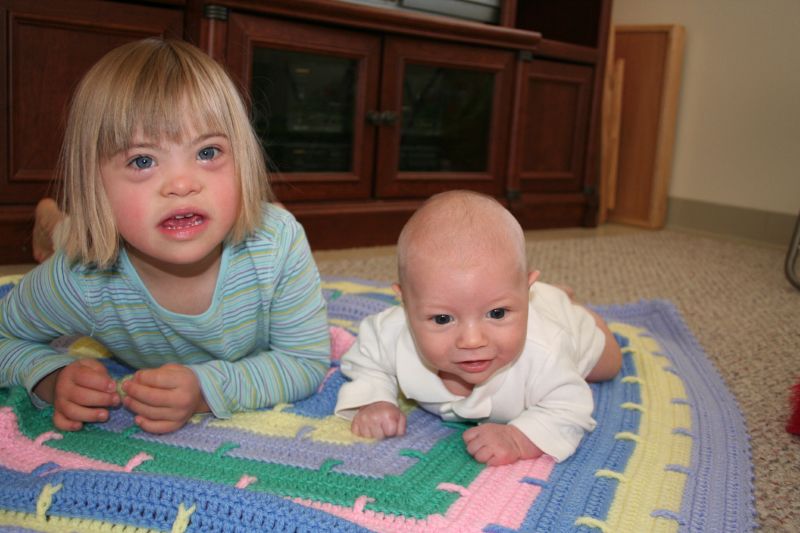
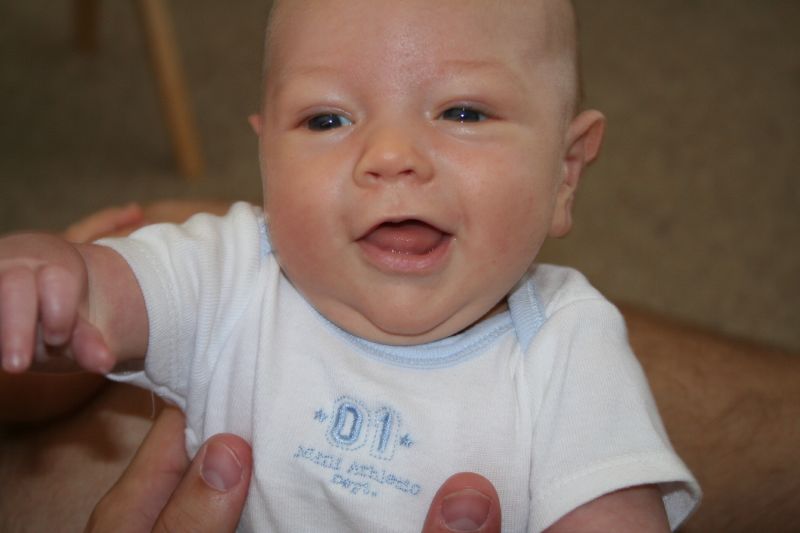
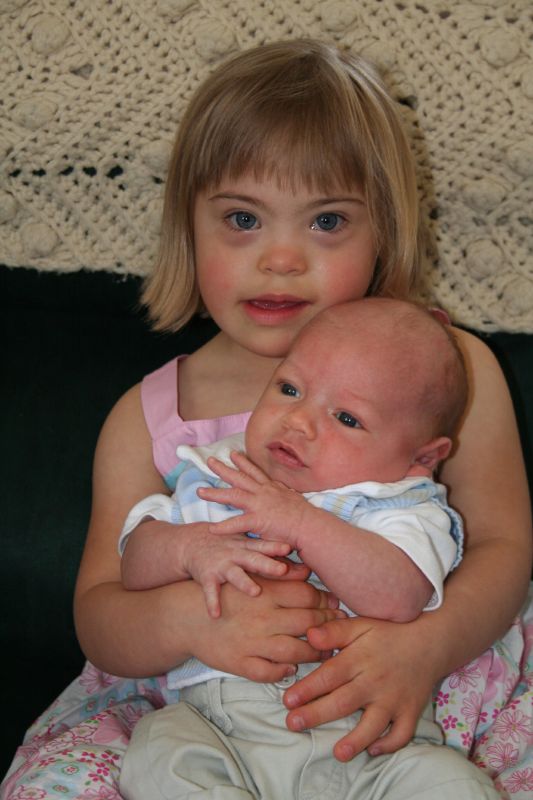

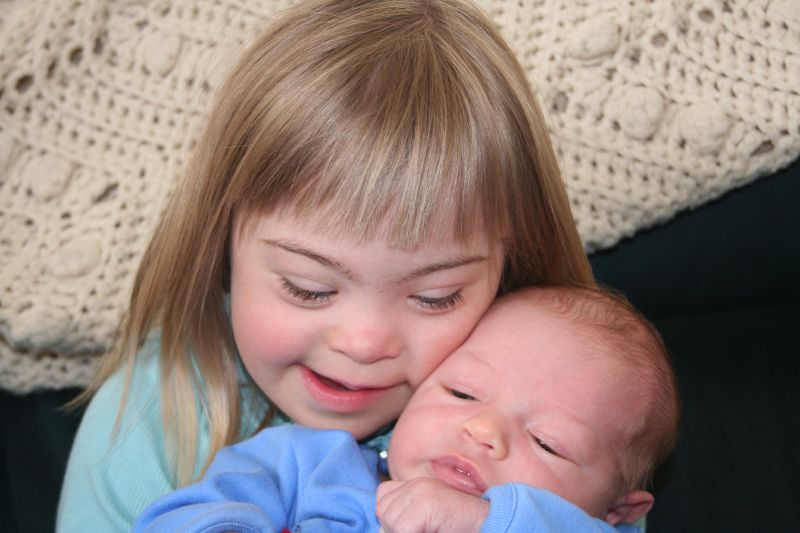
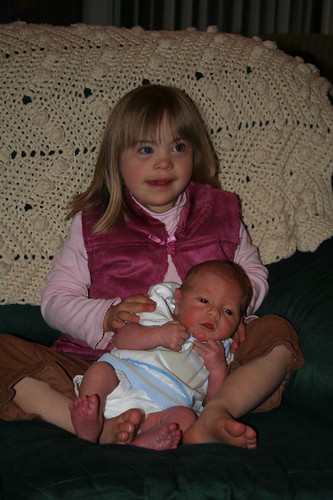
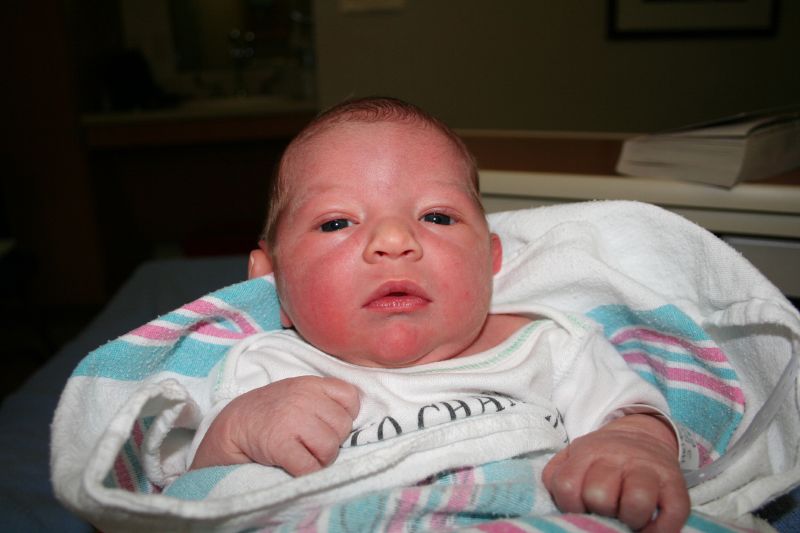

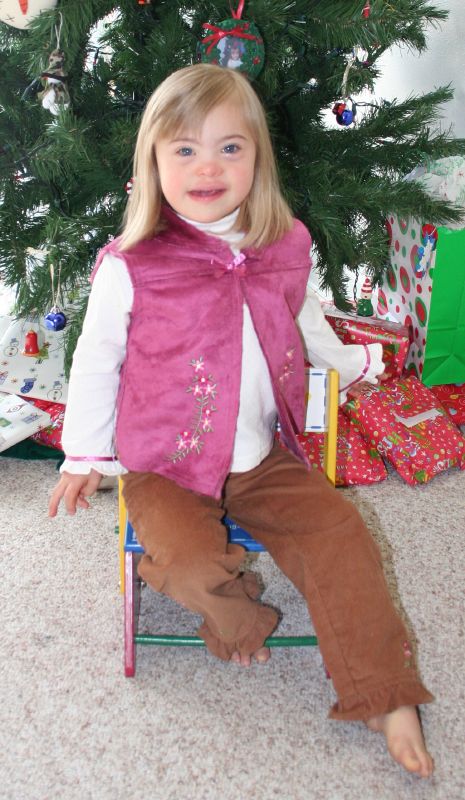
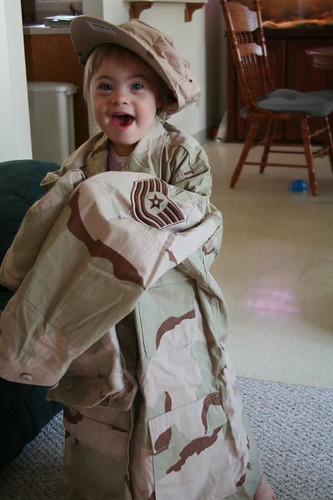


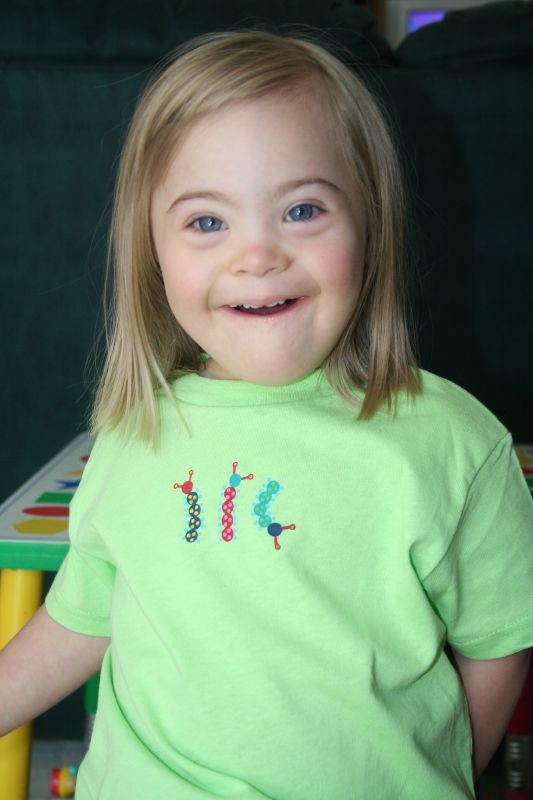
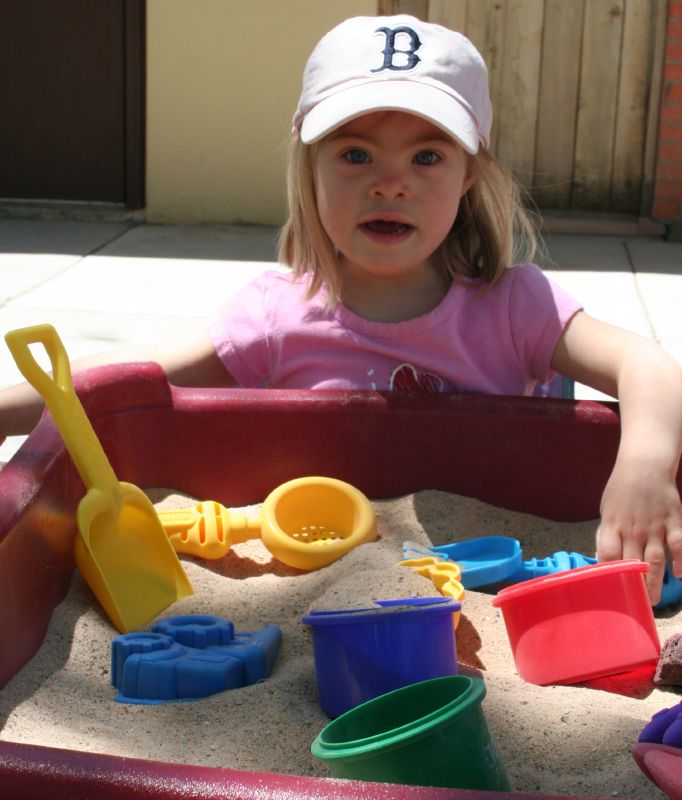


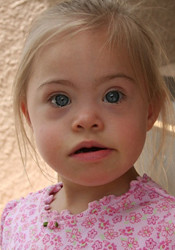
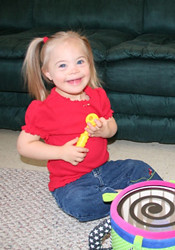



1 comment:
well, i am glad you got alot out of her book. but, it is still sad, like, you said, that inclusion into a regular classroom is one you still have to advocate for, even after this person did 2o yrs ago. love mom
Post a Comment